California Supervolcano Erupting For The First Time In 100,000 Years?
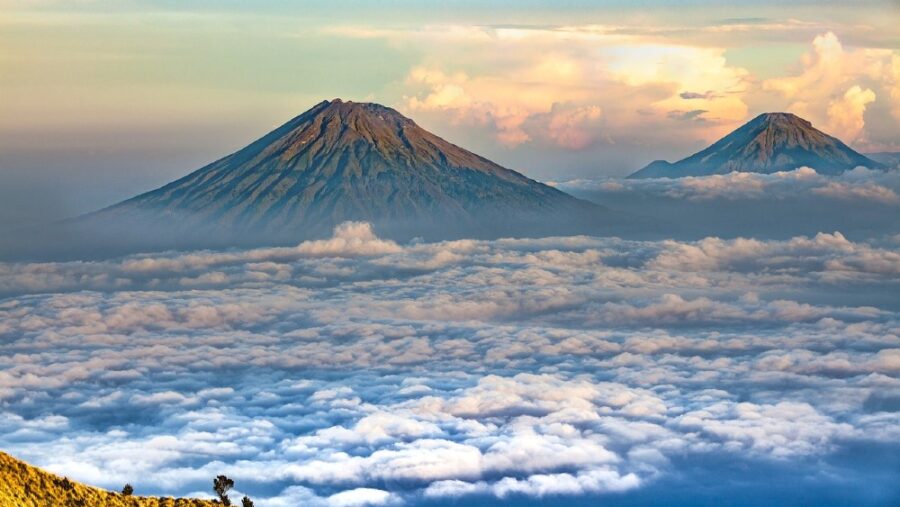
If this headline has you excited about the prospect of impending doom on the west coast, then we have some disappointing news for you. Science Alert reports that a new study from the California Institute of Technology (CIT) has revealed that the supervolcano known as the Long Valley Caldera’s seismic activity is the result of a cool-down phase, meaning that it’s not ramping up to burst magma upon citizens of California any time soon.
In other words, even though the supervolcano hasn’t erupted for over 100,000 years, the most recent research indicates that it’s going to be quite a while before we see any magma breach the surface.
Long Valley Caldera’s Seismic Acitivity Has Increased
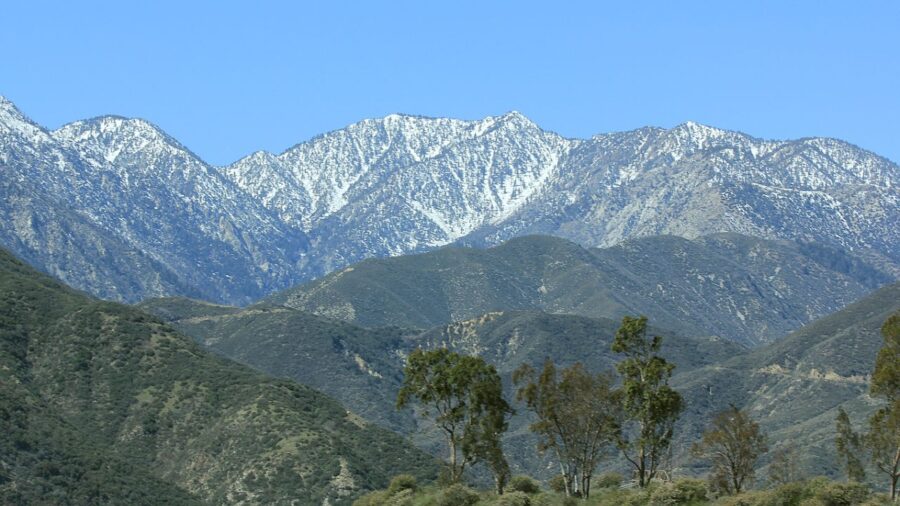
The last time the supervolcano blew its top, it rained down a pile of sediment that was a kilometer deep. In recent decades, there has been an alarming amount of seismic activity that prompted researchers to tap deep beneath the Earth’s crust and make sure we’re not overdue for another catastrophic eruption.
The Supervolcano Is Now Ready To Enter A Dormant Phase
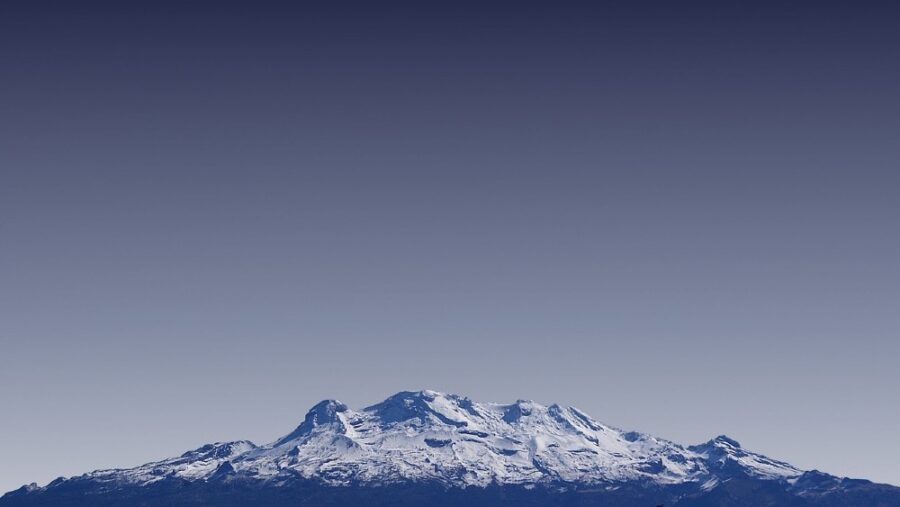
Using a 100-kilometer stretch of fiber optic cable, as well as acoustic sensing technology, the CIT research team determined that the supervolcano is cooling down, meaning it’s entering a dormant phase. But as the Long Valley Caldera cools down, gases and liquids deep below the the Earth’s surface make their way to ground-level in the form of thousands of small earthquakes that can’t even be felt by humans at the surface.
Though 1980 brought four magnitude 6 earthquakes to the region, the seismic events we’re experiencing today are a lot more tame, comparatively speaking.
Researchers Mapped The Volcano, Locating The Magma Chamber 12 Miles Below The Surface
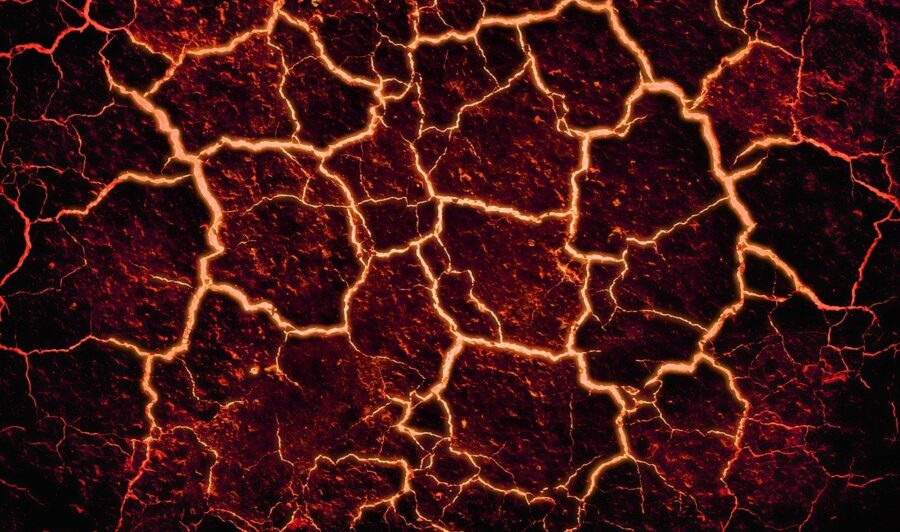
After running the results through a machine learning algorithm, the team was able to produce a map that highlights the inner workings of the supervolcano with an impressive amount of detail. Their findings illustrate that there is a clear separation between the magma chamber 12 miles below the surface and the hydrothermal system that sits above it. As the magma chamber continues to cool down, the molten rock further solidifies.
This Groundbreaking Research Lets Us Study Volcanos Like Never Before
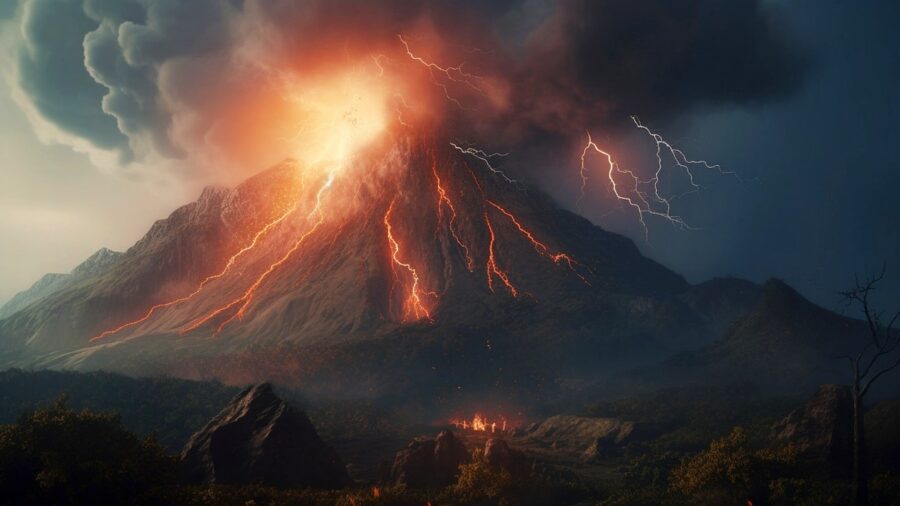
The good news is two-fold: the supervolcano is not erupting any time soon, and the research conducted by the CIT marks the first time that a team has explored Earth‘s interior dynamics with such a staggering amount of acoustic sensors.
Not only do we get peace of mind that California isn’t going to be buried by magma and ash, we get to see exactly what makes a supervolcano tick, or in this case of the Long Valley Caldera, what makes it wind down. This level of insight is unprecedented and allows us to see exactly what’s going on deep beneath the Earth’s crust in a way that we couldn’t previously.
The Supervolcano Isn’t Likely To Erupt For Another 100,000 Years
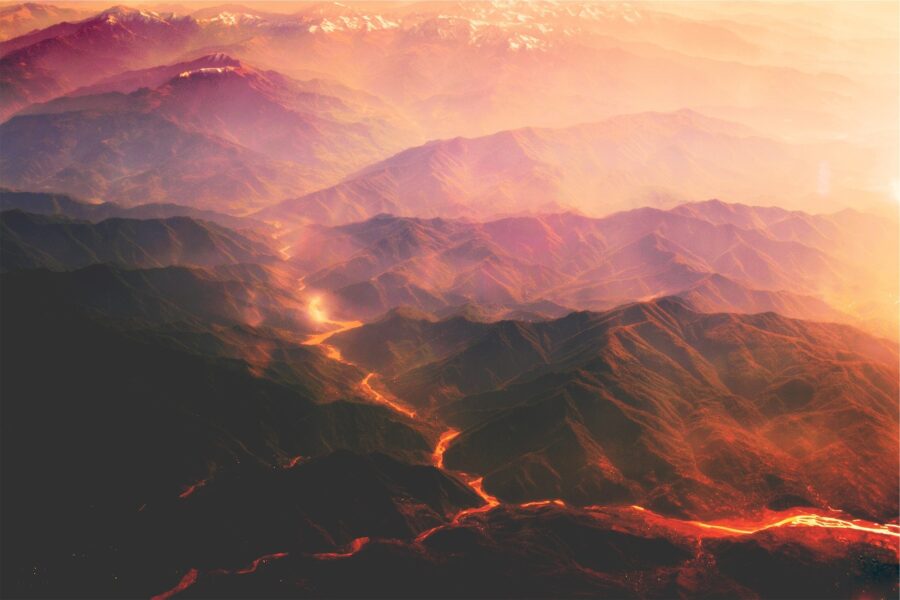
So if you feel a vague rumble in eastern California, you don’t have to live in fear of a supervolcano eruption. Experts have reason to believe that eruptions happen at 200,000-year intervals, meaning that it’s going to be roughly 100,000 more years before the Long Valley Caldera blows its dome. In the meantime, there’s plenty of surrounding land that’s perfect for hiking during the summer, and snowboarding during the winter.












